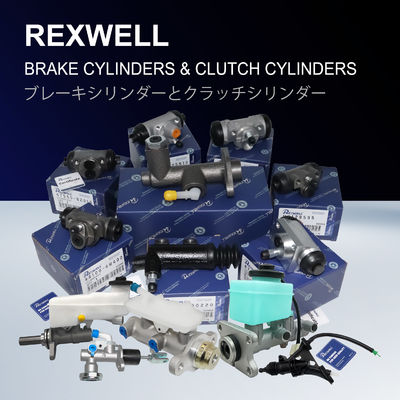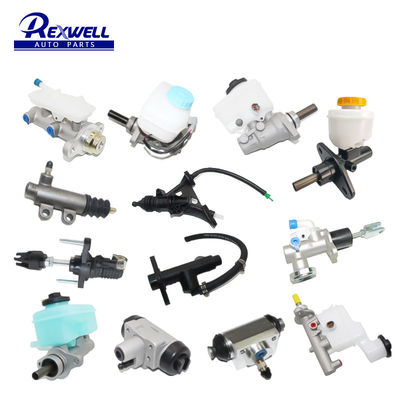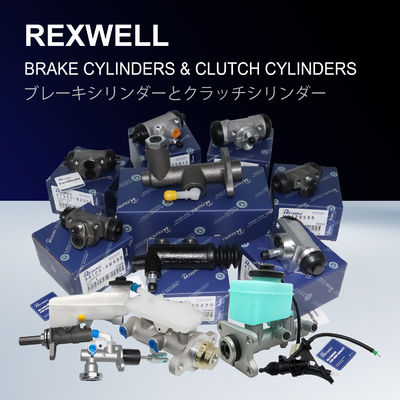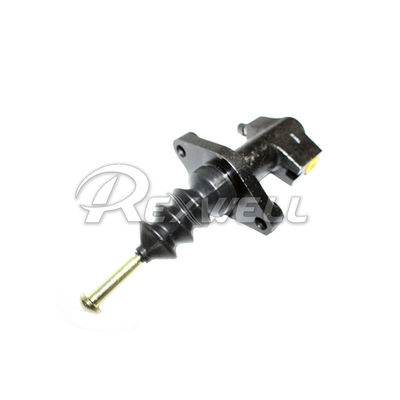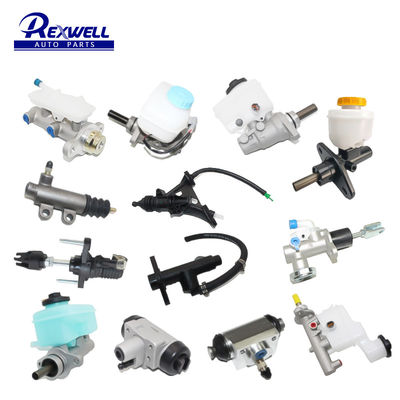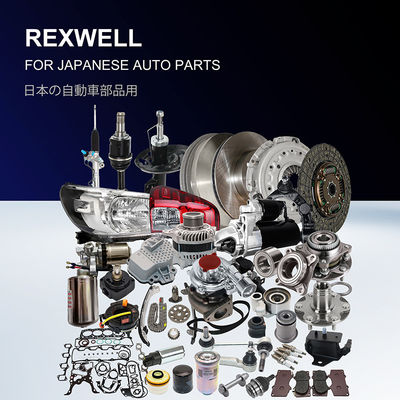All Products
-
Toyota Auto Parts
-
Nissan Auto Parts
-
Hyundai Auto Parts
-
Spark Plugs And Ignition Coil
-
Car Shock Absorbers
-
Auto Suspension Parts
-
Auto Transmission Parts
-
Auto Brake Parts
-
Auto Engine Parts
-
Car Sensor Parts
-
Timing Chain Kit
-
Car Water Pump
-
Auto Steering Parts
-
Belt Tensioner And Pulley
-
Car Filters
-
Other Auto Parts
30620-3S100 Car Clutch Slave Cylinder For Nissan D22 OEM

Contact me for free samples and coupons.
WhatsApp:0086 18588475571
Wechat: 0086 18588475571
Skype: sales10@aixton.com
If you have any concern, we provide 24-hour online help.
xProduct Details
| Part Name | Clutch Slave Cylinder | OEM Number | 30620-3S100 |
|---|---|---|---|
| Car Model | Nissan D22 | Size | Standard |
| Quality | 100% Quality Tested | Warranty | 1 Year |
| Package | Rexwell Or As Customers' Requests | Shipment | DHL/UPS/FEDEX/Air Cargo/Sea Shipping |
| Highlight | OEM clutch slave cylinder parts,Nissan D22 clutch slave cylinder parts,Nissan car clutch slave cylinder |
||
Product Description
30620-3S100 Car Clutch Slave Cylinder For Nissan D22 OEM
| Part Name | Clutch Slave Cylinder |
|---|---|
| OEM number | 30620-3S100 |
| Car Model | Nissan D22 |
| Size | Standard |
| Quality | 100% Quality Tested |
| Warranty | 1 Year |
| Package | Rexwell Or As Customers' Requests |
| Shipment | DHL/UPS/FEDEX/Air Cargo/Sea Shipping |
| Key Words | Nissan Pathfinder parts, nissan wholesale parts,nissan car parts,nissan frontier parts,nissan altima parts,nissan autoparts,nissan nv200 parts,nissan x trail parts,nissan Navara parts,Nissan Caravan Urvan parts, Nissan E25 parts,Nissan E26 parts,Nissan pickup parts |
![]()
![]()
![]()
![]()
![]()
![]()
![]()
![]()
![]()
![]()
![]()
![]()
![]()
![]()
![]()
![]()
![]()
Recommended Products



